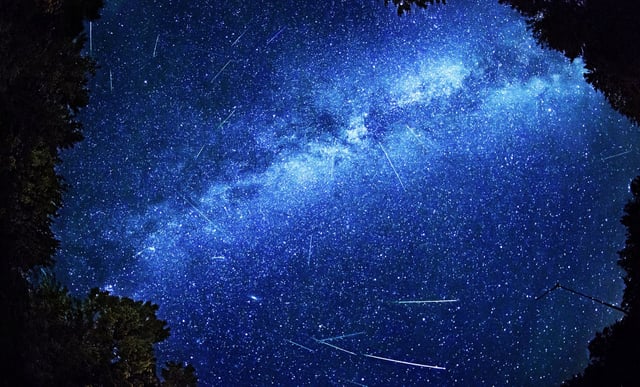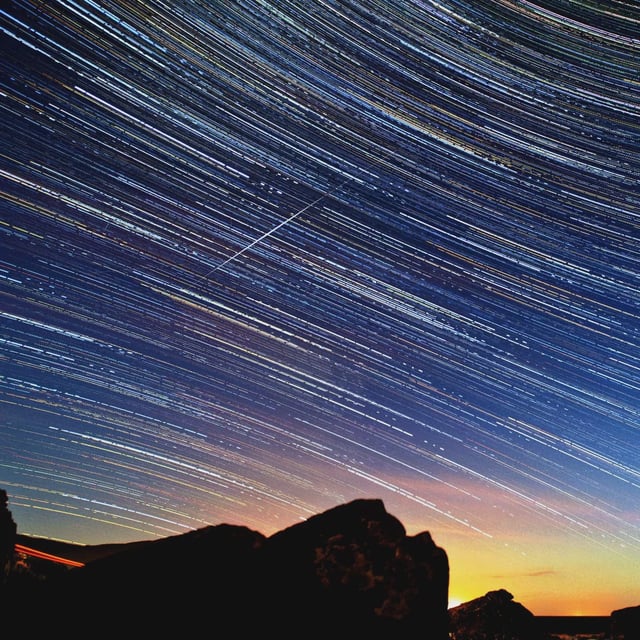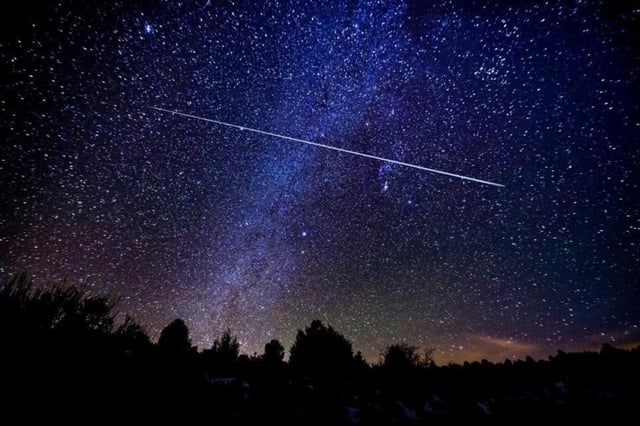Overview
- The Perseid display occurs when Earth passes through debris left by Comet Swift-Tuttle, which last visited in 1992 and won’t return until 2125.
- Peak activity is forecast for the night of August 12–13, when rates can reach 75 to 100 meteors per hour under ideal skies.
- An 84%-illuminated Sturgeon Moon rising at dusk will flood the sky with glare and obscure most of the fainter meteors.
- Positioning yourself with your back to the moon and facing northeast toward Perseus helps block lunar glare and focus on meteor streaks.
- Local star-party events and trips to remote, dark-sky areas provide alternative viewing options for those seeking clearer conditions.


